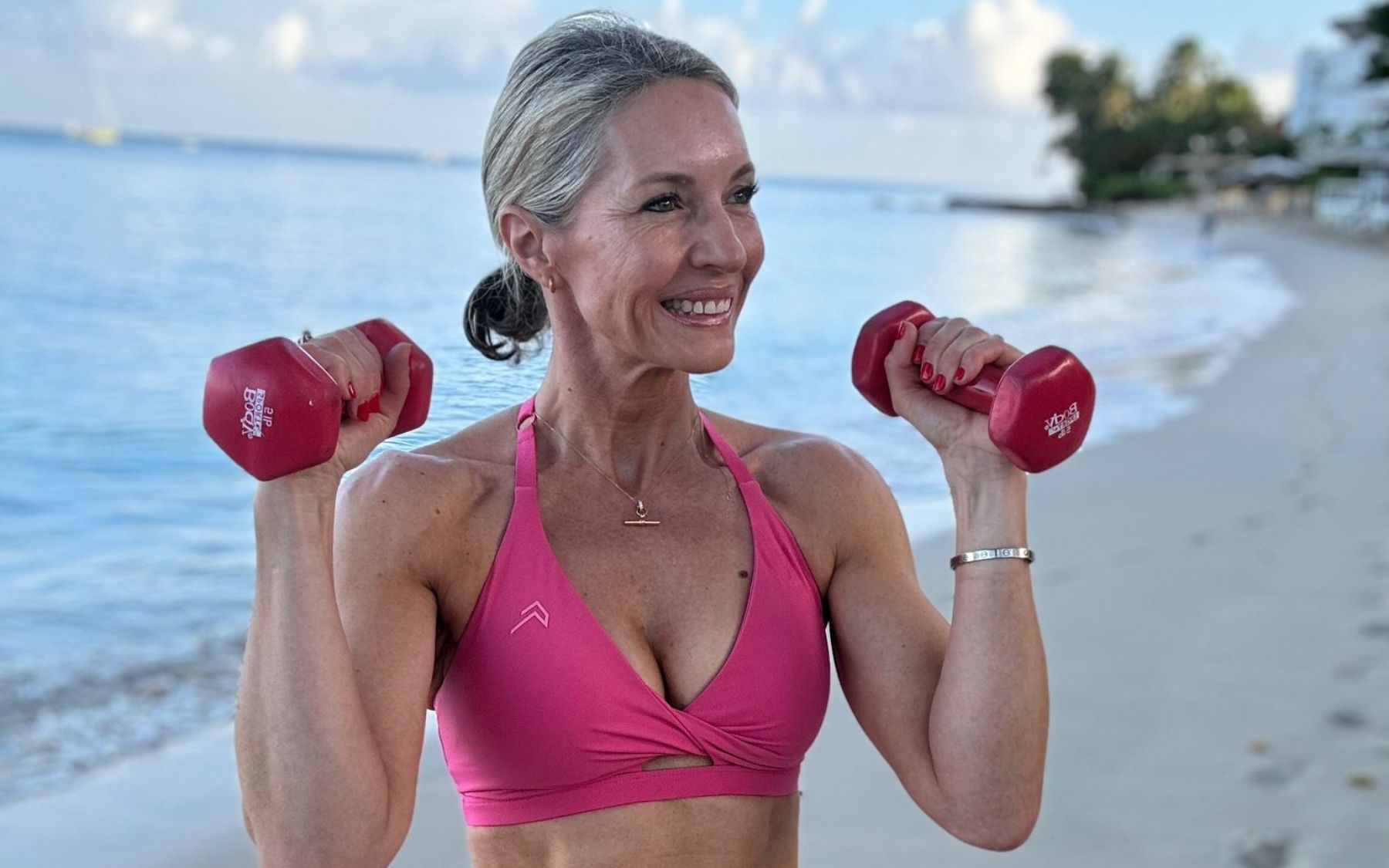“Muscular strength is a sprint – muscular endurance is a marathon”
So when it comes to training should we be lifting heavy or light weights? It comes down to thinking about muscular strength vs muscular endurance. I am often asked about what size of weight people should be lifting so hopefully this will help to clear up any confusion.
Whilst muscular strength and muscular endurance are very different it is important to think about both in our training as both are important. Let’s first look at the difference between them…
Firstly – muscular endurance. This is defined as the body’s ability to work for an extended period of time. The longer you can perform a movement, whether it’s a squat, bicep curl, cycling or running, the more muscular endurance you have. Activities that involve muscular endurance recruit a certain type of muscle fibre called slow twitch or type 1 fibres. These have greater ability to uptake and use oxygen which helps them to perform for longer without fatigue.
Muscular endurance is important for everyday activities such as a long cycle or walk or household chores. It is also important for posture and balance – these muscles are working constantly to hold your body in good posture and maintain your balance.
Training muscle fibres in this way is often thought of as cardio but lifting lighter weights for more reps also boosts muscular endurance. Whilst your muscles will definitely look more lean and toned as the muscles strengthen the key focus here is on endurance. For example you might find you can do 15 squats per circuit when previously you could do 11 or 12, or you can run 5.5km in the time it usually takes you to do 5km, that’s an increase in endurance. There are also excellent ways to progress with this style of training – for example with weights you can add longer time under tension, vary the style of exercises with bands for example, increase the number of circuits. This type of training is so key in athletic perfomance in sports where sustained effort is required for the duration of a game. Fatigue does not set in as fast and you are improving the muscle’s capability to use oxygen
Now let’s talk muscular strength – this is how hard a muscle can work rather than how long it can work for. It is defined as a measure of the greatest amount of force or intensity that muscles produce during a single maximal effort. Activities which involve muscle strength recruit fast twitch or type 2 muscle fibres. These use less oxygen but produce power rapidly so fatigue more quickly the slow twitch fibres. This is important for everyday activities such as lifting heavy boxes, digging holes whilst gardening and lifting children!
To train muscular strength you need to hit the heavier weights for fewer reps until fatigue (this could be as little as 3-5 reps per set) – now the key here is to build up gradually over time to prevent injury and maintain your form as you build strength. It really is a case of quality of the movement over the quantity of weight.
It is important to train both of these elements when looking at your workout routine – if you think about what they offer one will def help the other, the stronger you are the more power you will have and the longer you can sustain it – you can focus on one more than the other depending on your goals but it is definitely good to have both in there throughout the week.
So what do I personally focus on ? I tend to use lighter weights and more reps in my classes – endurance training has helped me achieve my goals for many years and with the focus on functional fitness I want strength that will help my body stay stronger for longer. However I also go heavier in certain classes to ensure I am still challenged – my full body Monday class is an example of a muscular strength session – where we tend to do more rep based sessions and I consistently use progressively heavier weights for lower body, chest and back. On my lower body day it is more timed intervals and lots of reps for endurance for the glutes! So we mix it up!
The biggest piece of advice I can offer? Use the weights which are RIGHT for you! Don’t compare what you are lifting with what your friend lifts or the person next to you at the gym. This can so easily lead to injury. I always recommend to start light, build up gradually and follow a structured program to achieve the goals you are looking for. YOUR goals! And whilst you can vary your programs you always need to be consistent. The key is to ensure that the weights are still a challenge – if they feel too easy then it is definitely time to switch things up.
Caroline’s Circuits workouts are 4 times a week for just 30 minutes. They are interval strength training circuits which work different muscle groups and challenge the body – they give the perfect mix of strength and cardio for the best results. Lifting weights is so important especially in midlife as we lost muscle mass and bone density from 35+ and esp post menopause.
The online workouts are Monday, Tuesday, Wednesday and Friday (they are all recorded and available to you immediately after the session if you can’t make them live). Classes have been specifically designed to suit all fitness levels and create fitness habits which last & which produce results.
Any questions as always please do get in touch!
Caroline x







